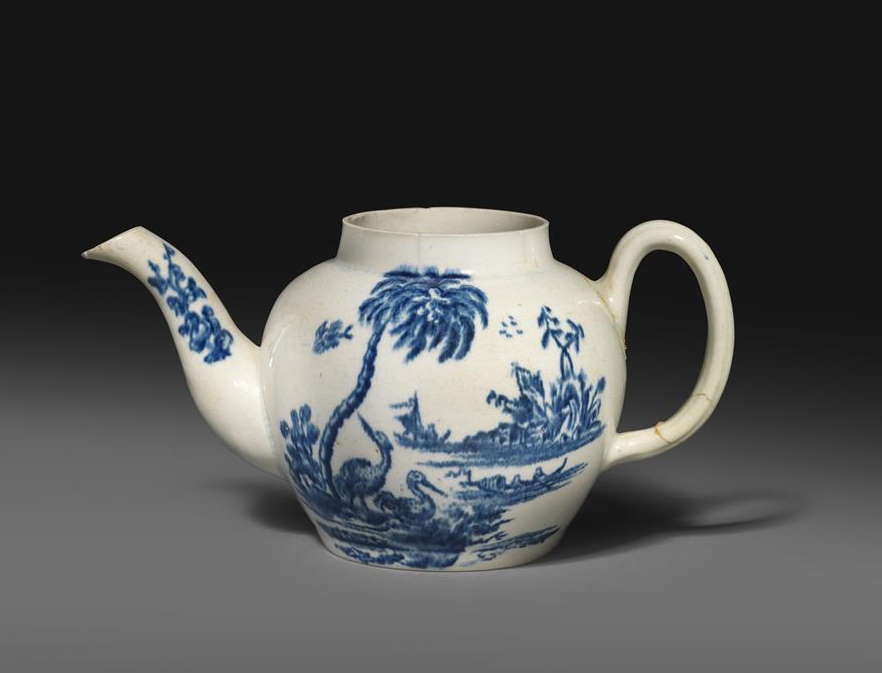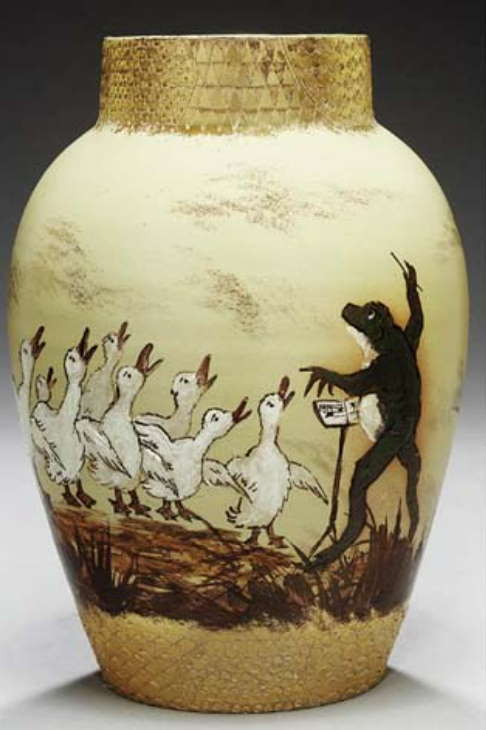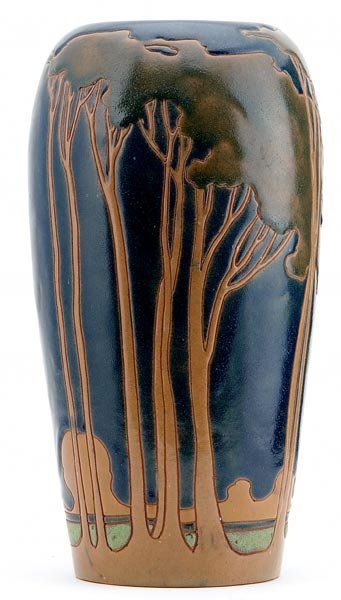Pottery, one of the world’s oldest and most enduring art forms, has played a vital role in the development of civilization. In the United States, pottery has a rich and varied history, with a wide range of styles and techniques that have evolved over the centuries. This feature will explore the key companies, dates, and discoveries that have shaped the story of American pottery, from its humble beginnings to the thriving industry it is today.
Native American Pottery: The Roots of American Ceramic Art (circa 2500 BC – 1500 AD)
Long before European settlers arrived, Native American tribes were crafting pottery across the continent. The earliest known pottery in North America dates back to around 2500 BC, with significant pottery production occurring among the Hopewell, Mississippian, and Pueblo cultures. These artists developed diverse styles and techniques, many of which still influence modern pottery today.
Colonial Pottery: Establishing a New Industry (1600s – 1700s)
European colonization in the 17th and 18th centuries brought new pottery-making techniques and styles to the New World. In the early 1600s, the first English settlers in Jamestown, Virginia, attempted to establish a pottery industry, but initial efforts were unsuccessful. It wasn’t until the Moravians, a religious group from Germany, arrived in the 1740s that pottery production in the colonies began to take off.

This teapot has only recently been identified as a piece of early American porcelain, believed to be part of a matched tea service that reached England in in the late 1760s or 1770s. It is only the seventh recorded piece of John Bartlam’s porcelain and relates to a group of wares sold at auction in 2002. Sold for £460,000 at Woolley & Wallis, February 2018.
The Moravians established a successful pottery industry in North Carolina, producing utilitarian wares such as jugs, pitchers, and plates. The style of these early American pottery pieces was heavily influenced by European design, and many featured salt glaze, a technique that originated in Germany.

Key Companies and Innovations: The Birth of a Nation’s Pottery Industry (1800s – early 1900s)
Throughout the 19th and early 20th centuries, American pottery companies began to emerge and shape the industry. Some of the most influential names from this era include:
- Bennington Pottery (est. 1849): Founded in Vermont by Christopher Fenton, this company became known for its iconic Rockingham glaze, which features a rich brown hue with a mottled effect. Bennington Pottery also produced Parian ware, a type of bisque porcelain that emulates marble, which was popular at the time.
- Rookwood Pottery (est. 1880): Established by Maria Longworth Nichols in Cincinnati, Ohio, Rookwood Pottery became one of the most respected and sought-after pottery companies in the United States. The company was known for its high-quality art pottery, featuring intricate hand-painted designs and innovative glazes. Rookwood garnered numerous awards and accolades, helping to elevate American pottery to an internationally recognized art form.
- Roseville Pottery (est. 1890): Founded in Roseville, Ohio, by George F. Young, the company initially produced functional stoneware before shifting to art pottery in the early 1900s. Roseville Pottery became famous for its distinctively American styles, such as the Rozane, Futura, and Pine Cone lines, which featured natural motifs and unique glazes.

Key Discoveries and Advances (late 1800s – mid-1900s)
Throughout the late 19th and early 20th centuries, American pottery was revolutionized by several key discoveries and advances:
- The Arts and Crafts Movement (1880-1920): This influential movement, which originated in England, placed a strong emphasis on craftsmanship and simplicity in design. The Arts and Crafts Movement greatly impacted American Movement greatly impacted American pottery, inspiring artists to develop new techniques and styles that celebrated natural beauty, functionality, and handcrafted quality.
- The discovery of kaolin deposits (late 1800s): The discovery of high-quality kaolin clay deposits in the United States, particularly in the Southeastern region, was a game-changer for the pottery industry. Kaolin, a primary component of porcelain, allowed American potters to produce fine china and porcelain wares, rivaling those of Europe.
- The advent of studio pottery (1920s – 1930s): As the Arts and Crafts Movement waned, a new movement in pottery emerged, emphasizing the individual artist rather than mass production. Studio pottery was characterized by a focus on one-of-a-kind, hand-thrown pieces with an emphasis on form and function. The rise of studio pottery saw the emergence of influential artists such as Beatrice Wood, Peter Voulkos, and Edith Heath, who elevated ceramics to a fine art.
Post-War Pottery: The Mid-Century Modern Era (1940s – 1960s)
The mid-century modern era ushered in a new wave of innovation and creativity in American pottery. Pottery companies and individual artists embraced modernist design principles, resulting in bold, streamlined forms and a focus on abstraction. Some key companies and artists during this period include:
- Heath Ceramics (est. 1948): Founded by Edith and Brian Heath in Sausalito, California, Heath Ceramics is renowned for its simple, functional designs and beautiful glazes. The company’s iconic dinnerware, designed by Edith Heath, became synonymous with mid-century modern design and remains popular today.
- Eva Zeisel (1906-2011): A Hungarian-born American designer, Eva Zeisel played a significant role in shaping mid-century modern ceramics. Her elegant, organic designs for companies such as Red Wing Pottery and Hall China were widely celebrated for their simplicity, functionality, and beauty.
- Glidden Pottery (1940-1957): Founded by Lawrence Glidden in Alfred, New York, Glidden Pottery is best known for its modernist designs, which featured clean lines, geometric shapes, and abstract patterns. The company collaborated with a number of prominent artists and designers, including Isamu Noguchi and Ben Seibel, further solidifying its reputation as a trailblazer in mid-century modern ceramics.

The Contemporary American Pottery Scene (1970s – Present)
The latter half of the 20th century and the early 21st century have seen an explosion of creativity and diversity in American pottery. Artists and companies continue to explore new techniques, styles, and materials, creating works that range from functional to purely sculptural. Some noteworthy contemporary artists and companies include:
- Peter Voulkos (1924-2002): A pioneer of the American studio pottery movement, Voulkos was known for his large-scale, abstract ceramic sculptures that pushed the boundaries of the medium. His work continues to inspire countless ceramic artists today.
- Kathy Butterly (b. 1963): A contemporary American ceramic artist, Butterly creates small-scale, intricately detailed sculptures that often reference traditional pottery forms. Her work is widely exhibited and collected, making her one of the most prominent ceramic artists working today.
- East Fork Pottery (est. 2009): Founded by Alex and Connie Matisse in North Carolina, East Fork Pottery produces functional, handmade ceramics that combine contemporary design with traditional craftsmanship. The company is committed to sustainable practices and has gained a dedicated following for its timeless, high-quality wares.
Conclusion
The history of American pottery is a rich and diverse tapestry, reflecting the nation’s growth, ingenuity, and artistic spirit. From its earliest beginnings in Native American pottery and the influence of European settlers to the emergence of renowned pottery companies and individual artists, American ceramics have continually evolved and adapted to the changing tastes and needs of society. The history of American pottery is a testament to the creativity, resilience, and craftsmanship that has always been at the heart of the country.
Related American Pottery
Van Briggle Pottery
Roseville Pottery
Fulper Pottery
George Edgar Ohr The Father of Modern American Ceramics





